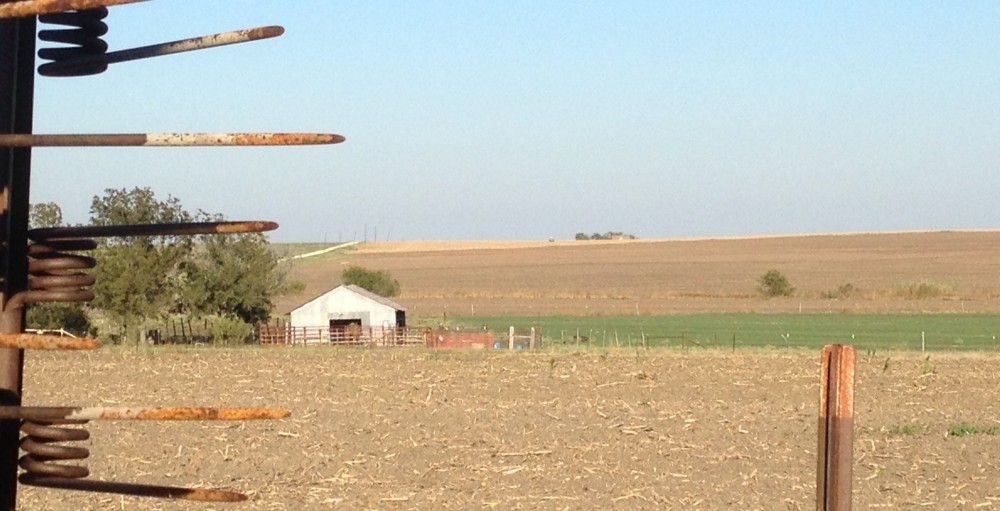The new July issue of National Geographic arrived in the mail yesterday. I enjoy Nat’l Geo. When a young relation of my mine has a significant life event, college graduation, marriage, first job, I give them the Geographic for Christmas each year. My list is growing quite long.
It’s not all pictures. Yes, the photographs are outstanding, and with the captions, the pictures are an exciting look-and-read in themselves. But, don’t forget the articles – they are fascinating in content and extremely well written. It’s just that the photos are so over-the-top that I forget and don’t always get to the text.
Last night I did read. I was enthralled by the article “Vanishing Voices” on the disappearance of languages. With the magazine’s indulgence, I will share some facts and make some comments. (For ease of reading and to help with my observations, some numbers have been rounded up or down — see the article for the actual digits.)
Seven billion (7,000.000,000) people are reported to live today on our planet, the Earth, in our galaxy, the Milky Way. Those seven billion people speak seven thousand (7,000) languages. That sounds okay. Each language has quite a number of speakers, on average a million speakers for each way of speaking. But that is not how it is heard in real life.
Half the people, three billion and five hundred million (3,500,000,000), speak the top ten (10) languages. In spoken order, these most enunciated tongues are Chinese (way out in front as #1), followed by Spanish and English (almost tied), then Arabic, Hindi, Bengali, Portuguese, Russian, Japanese and German. These ten loudest forms of speech are heard everywhere around the Globe, carried by the economic clout and wide-ranging influence of their lands of origins.
Almost all the other half of the people on our planet, close to three billion and five hundred million (3,500,000,000), speak half of the remaining languages, three thousand and five hundred (3,500) tongues. That’s about a million voices for each.
But, wait, that still leaves a lot of languages and not many people to speak them?
You are correct. Only about seven million (7,000,000) people, a scant 0.1% of our home world’s population, speak the remaining 3,500 languages, half the languages on our planet. On average, this means only 2,000 people can be heard for each of these 3,500 remaining languages.
Where I come from, a town of 2,000 is a very nice small town. It is not a big town. If the residents of that small town spoke a different language from the bigger nearby towns, not many out-of-towners would visit. Over time, the small town’s young people would leave for better jobs and more fun in the cities. That little town would fade way.
Since 1950, 254 languages have disappeared. They are extinct. Another 1,842 are threatened. One language dies every 14 days. By January 1, 2100, the start of the next Century, 87 years and 7 months from this coming Sunday (check my math), 3,500 languages spoken today will be gone. Half the languages spoken today will be gone.
This is the same as saying that 3,500 small towns, each speaking one of the 3,500 small-town languages, will be uninhabited. They will be ghost towns.
An occasional tourist or history buff will drive down the quiet Main Street and notice the quaint, even unique, architectural touches of the homes and boarded businesses. The visitor will park and walk to the Five-and-Dime. Standing there, the city dweller will wish there was someone to talk to, someone to tell the secrets of that town. Then, our visitor will remember that the residents of that small town spoke a language only they understood. They couldn’t be understood by anyone else. Shaking his head and putting the key into the car door, the driver will stop for a second and listen. What did it sound like? When people yelled “Hello,” kids shouted and merchants gave change and thanked you for visiting, what did it sound like?
Will we ever know?
Grandpa Jim
